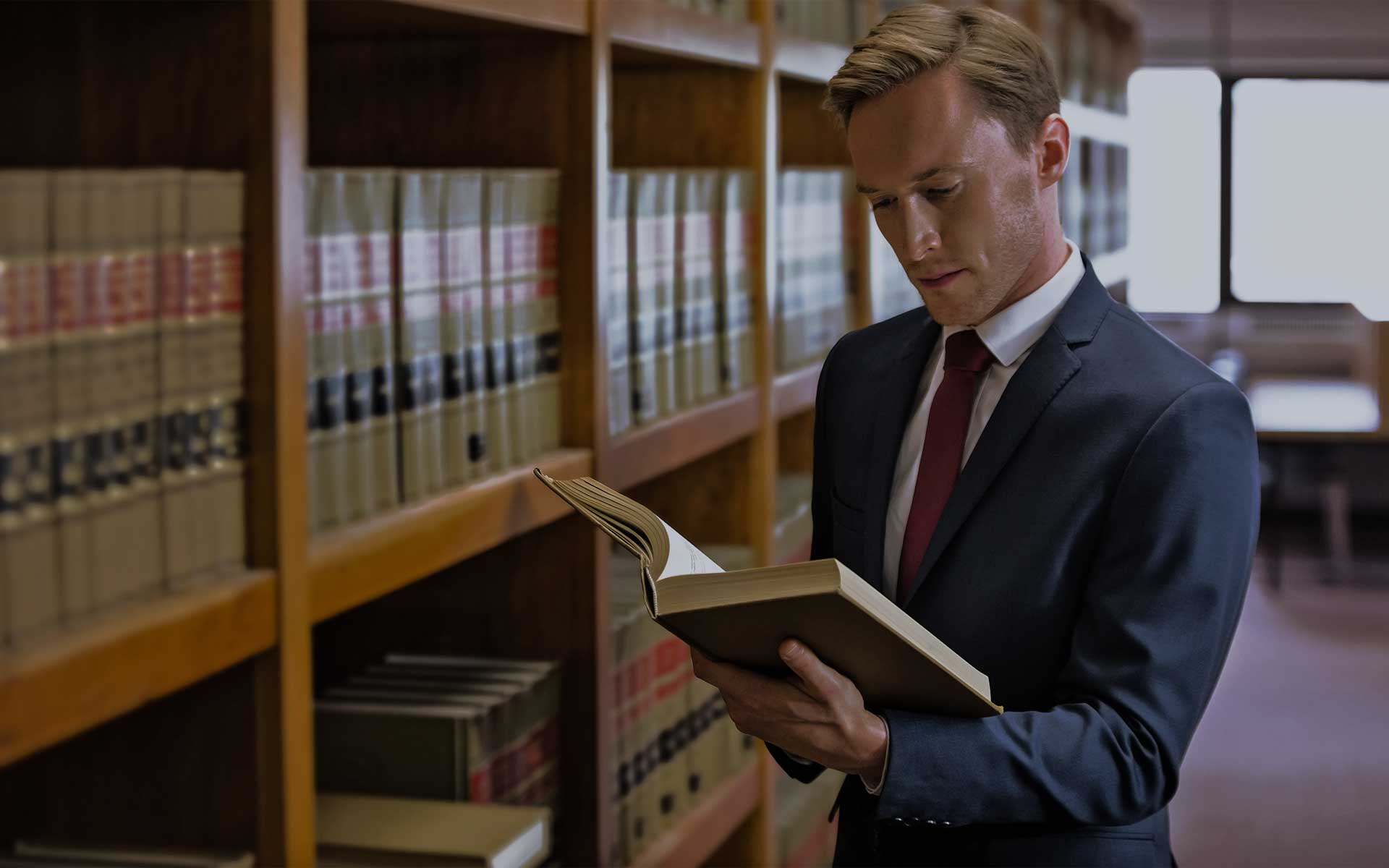How to Help Data Scientists Overcome Their Patent Doubts

When discussing patentable inventions with data scientists, I often hear them dismiss their inventions under arguments such as these: “We’re using the same tools as everyone else,” “Augmenting data for the training set is well known,” “A similar thing has been done for car-bumper design” (said by the designer of a churro-making machine), “Configuring the neural-network hyperparameters is trivial,” and worst of all, “It’s obvious.”
Data scientists often believe that their accomplishments are not patentable, but in-depth exploration of their work often uncovers patentable ideas. I am referring to data scientists that use machine-learning (ML) tools to uncover intrinsic relationships within a large corpus of data. Other data scientists design and improve these ML tools, and their work may also result in patentable ideas, which is a topic for discussing another day.
Getting Down to the Details
My challenges as a patent drafter include extracting details from inventors’ ideas and explaining that a well-described technical solution may result in a patent if nobody else has previously disclosed it publicly. Fortunately, getting details from inventors is easy, as data scientists are usually delighted with the possibility of having their names on patents.
Under U.S. law, an invention is patentable if it is a process, machine, manufacture, or composition of matter that is new, useful, non-obvious, and covers patent-eligible subject matter. Today of course, patent-eligibility is usually the biggest challenge for software patents. It is straightforward to show how an invention is new and non-obvious by proving that nobody else has publicly described the invention before. Almost every invention is useful to some extent, so describing a practical application of the invention is enough. However, U.S. patent law has suffered major changes over recent years with respect to patent eligibility, not because Congress has passed new laws, but because the Courts have decided to impose subjective criteria on the inventiveness of new ideas. At a high level, some of the keys to overcome the patent-eligible hurdle are to emphasize the practicality of the invention and to show comprehensive technical details proving that the invention is more than a basic abstract concept.
Making Machine-Learning Patent Eligible
The general patentability factors also apply to ML. Novelty and non-obviousness mean that nobody else has publicly disclosed the invention previously, by itself or in combination with other inventions, which is relatively easy to determine. It is worth noting that although somebody else may have invented a certain solution to a problem, a new and different solution to that same problem may also be patentable, even if both solutions use ML. For example, suppose a patent application describes how to use ML to categorize whether an animal in an image is a dog or a cat. A new invention that does the same thing may be patentable if it uses ML in a different way, such as using a different training set, representing the data in a different format that enables faster recognition or improved accuracy, improving the training process (e.g., reducing the training process from days to hours), or developing a better neural network.
Novelty in ML may arise in any of the multiple phases of the model-making process, such as gathering and preparing the training data, selecting the training data from a large corpus, identifying the features used by the ML algorithm, defining feature representation (e.g., vector concatenation or some other vector combination, eliminating empty vector fields), conditioning the training set (e.g., dimension reduction) to accelerate training or improve accuracy, enlarging the training set (ML algorithms are data hungry and data capture can be expensive in some applications), speeding up the training process with specially configured hardware, devising better-predicting models, or tuning hyperparameters in a neural network. Additionally, novelty may come from combining multiple models to select the best alternative or to obtain new functionality based on the combinations. Furthermore, ML models may be combined with other methodologies (e.g., rule-based decisions, hierarchical decision trees, distributed systems) to further enhance their capabilities.
Usefulness and patent-eligibility are related because patent-eligibility requires that the invention have a practical application. Therefore, ML patent applications must be drafted with at least one well-described practical example (e.g., faster search, better search, linguistics analysis, or better weather forecasting). Also, as inventors often say, “this is not just for [fill in the blank]; it can be used in many other applications.” The patent will make clear that the concept may be expanded to other solutions and mention some of those solutions, although these additions do not have to be described in depth. (Of course, if you have the resources, the more you describe in the patent application, the better it will be).
Another way to help with patent-eligibility is to describe technical details of the implementations, which is not too difficult given the technical nature of ML. For example, describing how to vectorize data, combine multiple fields, or perform dimension reduction can assist with patent-eligibility. Data scientists may not give much consideration to these technical details, so it is often up to the patent drafter to request these details to highlight the technical nature of the ML invention.
Getting There First
Time is of the essence when filing for patent protection. More companies are jumping on the artificial intelligence (AI) bandwagon to tap into the tremendous potential generated by ML. The combination of the explosive amount of available data, cheap access to large amounts of computing power, and continuously-improving tools are enhancing the predictive capabilities of AI systems. Data scientists realize that if they are exploring these new capabilities provided by ML, their competitors are probably doing the same.
Many data scientists tend to wait until their solutions are completed, with a prototype up and running, before they reach out to their employer’s legal team with a description of the invention. In the U.S. patent system, where the first one to file a patent application for an invention is the one that is eligible to be granted patent rights, it is important to file your ideas as soon as possible. Even if the implementation is not complete, just conceiving the design of the solution is enough to file a patent application. Companies and data scientists should make sure to put a stake in the ground as soon as possible to set an early priority date before the competition does. It is very frustrating to prosecute a patent application and find out that some close prior art is just days or weeks ahead of your filing date.
Make Sure You’re Holding the Sword
I know that some ML inventions can be obvious, but it is a good business practice to make sure that they are indeed obvious. Data scientists are encouraged to consult with their companies’ legal team, or with an outside patent professional, to check if their inventions can be patented. Patenting ML is important because it gives patent owners the right to exclusive use of the technology, including the right to stop the competition from practicing the invention. If down the road litigation arises for the implementation of ML solutions, whoever holds the patent will have the upper hand in the battle for the exclusive use of the invention. The one holding the patent application will be the one coming to battle with the sword instead of the one desperately searching for a shield.


